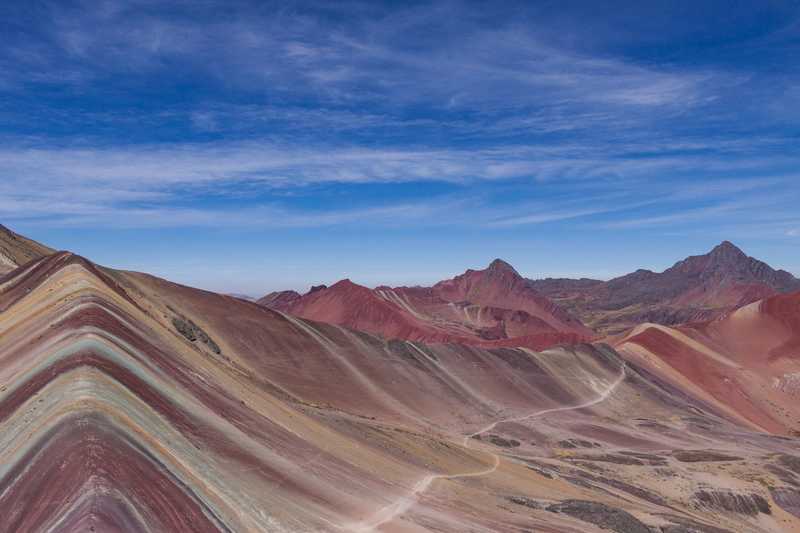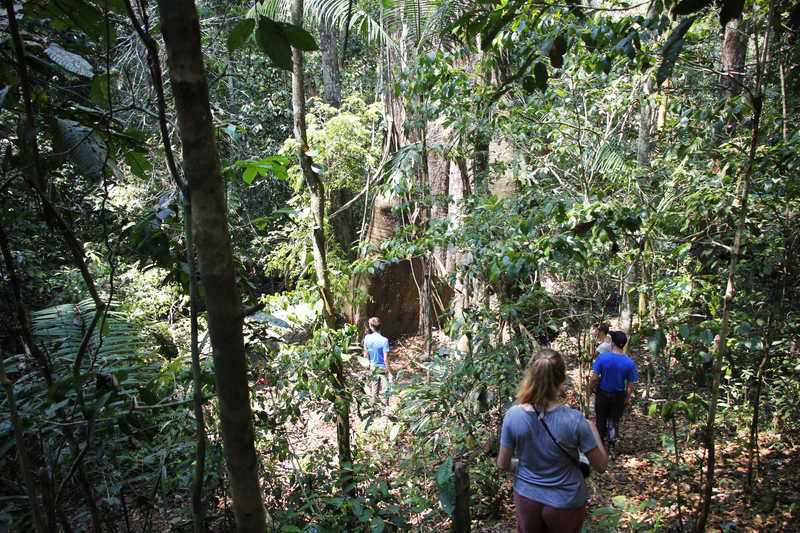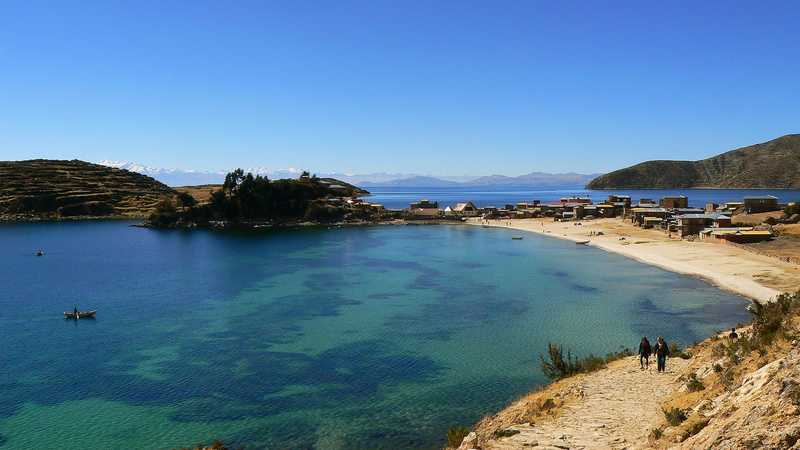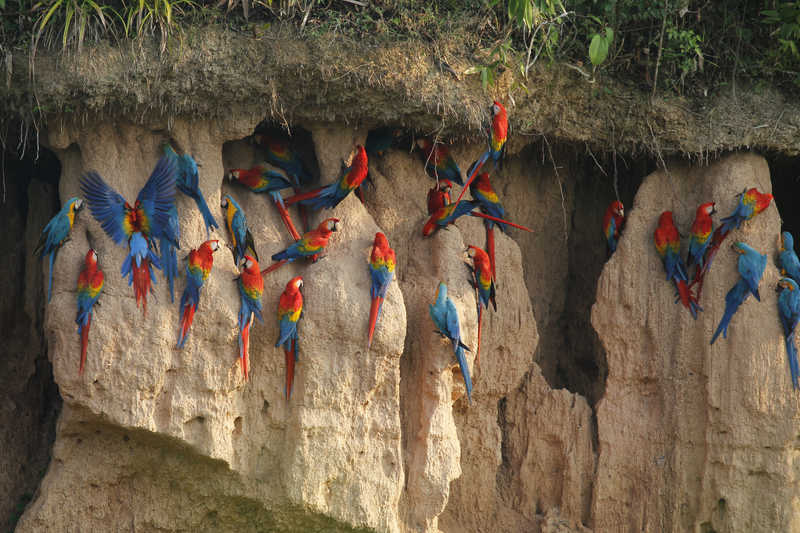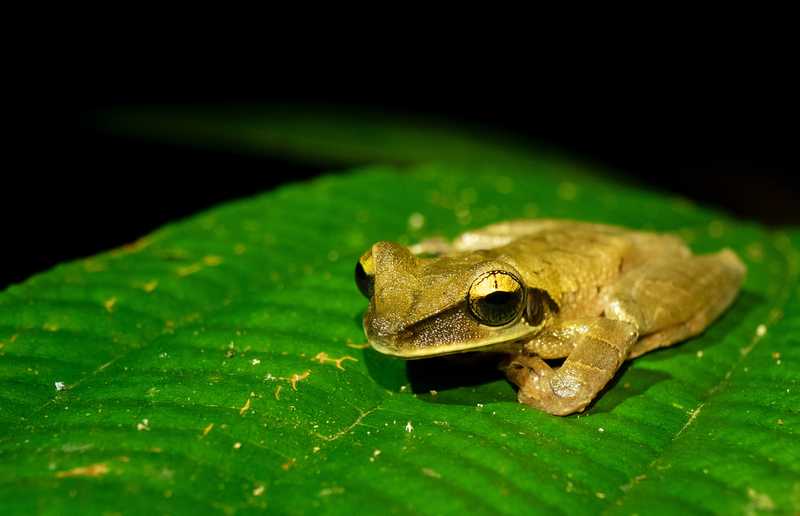Colca Canyon Extension
- Kandoo Trekking
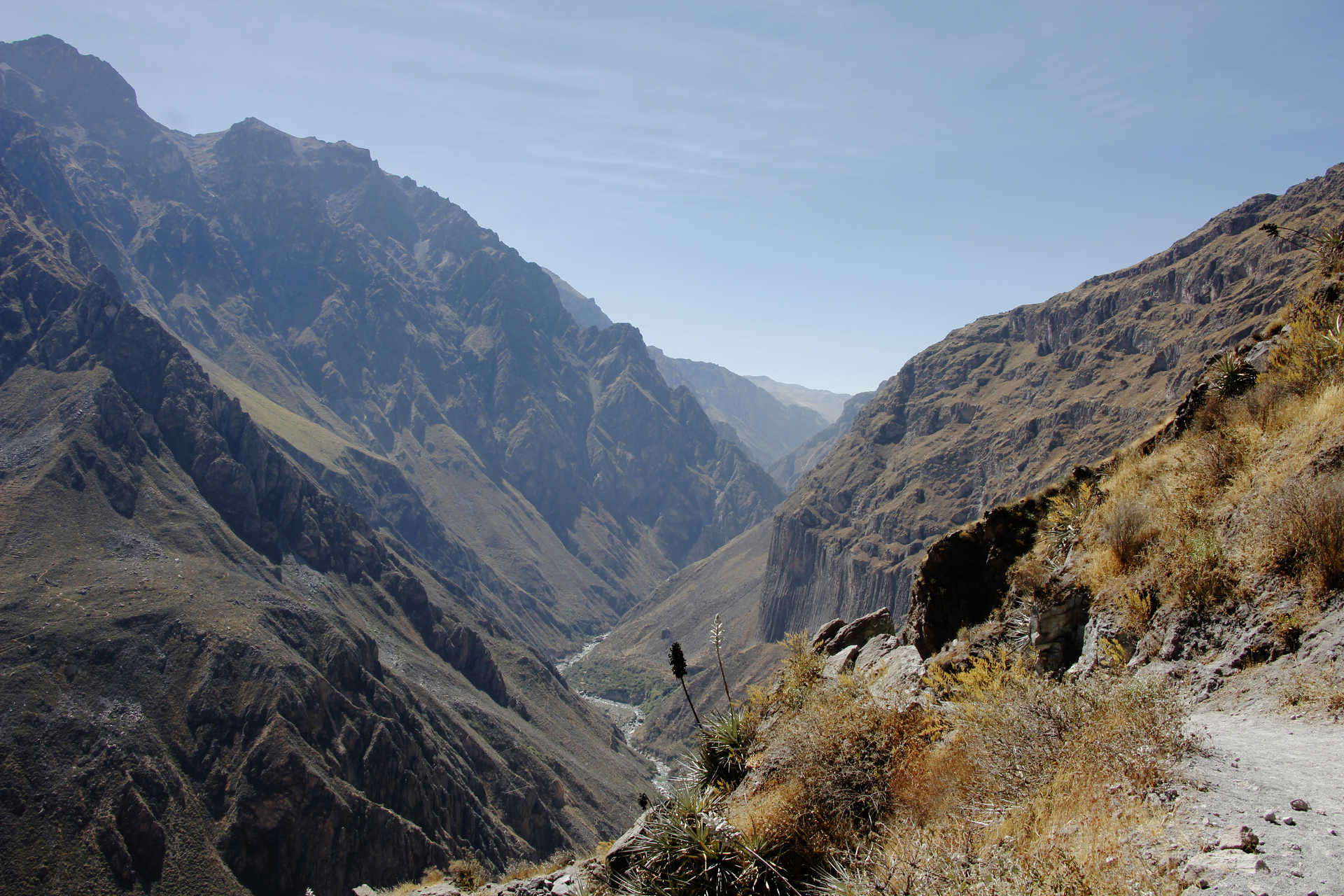
Contact
our UK team

Our representative will meet you at the airport for the transfer to your hotel. A free day to spend in Arequipa and to rest following your journey. Guided tours can be arranged if required.
We will collect you from your hotel around 3am to begin the drive to Chivay, the main town of the Colca valley, which takes approximately 4 hours. As we drive we will reach 4900m, from where there are great views of all the volcanoes in the area – Misti, Chachani and Ampato – as well as the mountains of Sabancaya, Halka Halka and Chucura. We will stop in Chivay for breakfast before continuing to Cruz del Condor, which will take a further 2 hours driving. There will be opportunities to stop and take photographs of the villages across the canyon before we finally arrive at the Cruz del Condor viewpoint. From here you can truly appreciate the Colca Canyon and the condors circling above. A final short drive from here will take us to the village of Cabanaconde where we will have lunch before beginning our trek.
The descent into the canyon takes around 4 hours, visiting the Achachiwa lookout point. The trek down to the Colca River has magnificent views of the villages and traditional farming terraces. We will take a break at the bottom of the canyon, where we can watch the small geyser that is located opposite the river. We cross the river on a suspension bridge before trekking for a further hour to our lodge at Llahuar. Here we can enjoy the hot springs, or explore the surrounding area. There is an opportunity to try fishing for trout in the Colca River.
After breakfast we trek for around 4 hours along the right bank of the Colca River. We trek up through the little village of Paclla which is thought to have a mysterious character because of its abandoned witches’ houses. We will also see the most impressive view of the canyon from the Apacheta lookout point. From the viewpoint we descend once again to the Colca River to reach Sangalle (the Oasis). The afternoon is free to relax in the volcanic water swimming pool, or to explore the abandoned mines and waterfalls of the surrounding area.
Another early start, as we set off around 5am to begin the ascent of the canyon, back to Cabanaconde. From here we transfer back to Chivay for lunch, visiting villages such as Pinchollo and Maca along the way. In Chivay we will visit Calera hot springs – thermal baths of medicinal waters with a constant temperature of 35-40°C. We will have lunch in Chivay before heading back to Arequipa, with stops on the way in the National Reservation of Salinas and Aguada Blanca. We arrive back in Arequipa around 6pm and will drop you back at your hotel.
We will collect you from your hotel and transfer you to the airport for your departing flight.
Your hotel in Arequipa before and after the trek is
booked on a B&B basis.
Your hotel in Arequipa is booked on a B&B basis. You can purchase snacks or meals at the hotel, which can be paid in Peruvian Sols, or often in US Dollars. Alternatively, there are plenty of restaurants in Arequipa within walking distance of your hotel.
The Peruvian Sol can be purchased in
advance, although US Dollars are also widely accepted in larger establishments.
If you want to change money when you arrive we can take you to an ATM or
foreign exchange bureau. When changing money, request small denominations
(10’s, 20’s and 50’s) as the larger notes can be hard to spend. If you withdraw
money from an ATM, you are likely to receive 100 sol notes.
If you are relying on a credit or debit
card for emergency funds, make sure you tell your card issuer that you will be
using it abroad, or you may find that it won't work when you really need it.
Want to ask us a question or book a private trip? Don't hesitate to contact us!
Contact us